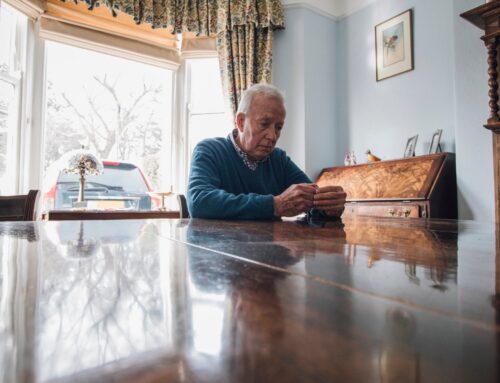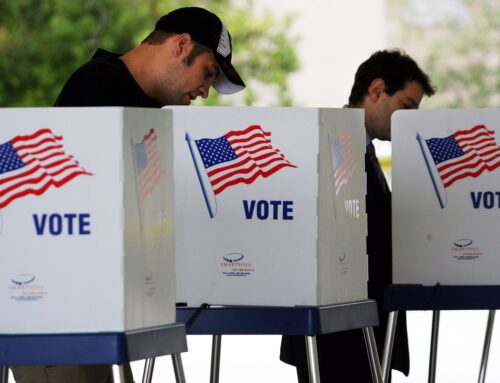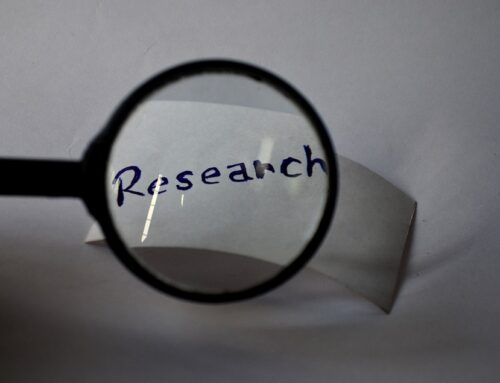The importance of oral health as you age
Oral health has long been shunted to the sidelines of the healthcare system, but clearly oral health has become a matter of public neglect because the effects of poor oral health harm overall health, and policy changes might work to ensure oral healthcare becomes part of the healthcare system and is funded, likely through Medicare.
In “Oral Health and Older Adults: A History of Public Neglect,” guest editor Michèle J. Saunders provides a comprehensive look in the fall issue of Generations magazine at the policy around oral healthcare in the United States and how it has evolved.
An American Society on Aging article by Saunders discussed how disparities in oral healthcare exist for underserved and vulnerable older adults. Since 1988, many studies have been conducted and reports written with recommendations for ameliorating such disparities by the Surgeon General, IOM, CDC, and HHS, but the lack of public financing for preventive or routine oral healthcare for older adults enrolled in Medicare or Medicaid has prevented action on these reports’ recommendations. Saunders argues that now is the time to support publicly funded oral healthcare for this vulnerable, underserved population.
Good oral hygiene maintenance and interventions can reduce risks of diabetes, cardiovascular and pulmonary disease, and increase quality of life. Lea E. Erickson, in her article, “The Mouth-Body Connection,” addresses the way elders’ health is compromised by a lack of oral healthcare, including how many medications cause dry mouth, which can contribute to cavities, periodontal disease, and fungal infections, and how the ability to be free of pain, to adequately speak, chew, taste food, and smile without embarrassment is key to quality of life as we age.
Older adults are a growing percentage of the rural population in the United States, and they are at special risk for oral health problems because access to dental care is an ongoing challenge in rural America. The University of Washington School of Dentistry’s Regional Initiatives in Dental Education (RIDE) program, described in “Growing the Dental Workforce to Serve Rural Communities: University of Washington’s RIDE Program,” by Frank A. Roberts and colleagues, delivers intensive, community-based education that prepares dentists to meet the needs of rural and underserved populations. Of those graduates who have completed their training, 70 percent are practicing in rural or underserved areas.
In “Oral Healthcare Advocacy: Finally on the Upswing,” Jessica Nagro writes about movements afoot to reform the way Medicare, Medicaid, and private insurance cover dental care. Such legislation shows promise in increasing access, advancing education, and expanding training opportunities to improve the state of oral health for America’s older adults.
The nonprofit Gary and Mary West Senior Dental Center in San Diego sits within an existing senior wellness center, an arrangement which improves accessibility and comprehensive care coordination — both of which are key to improving low-income elders’ oral health. Karen Becerra and Vyan Nguyen, in their article, “The Gary and Mary West Senior Dental Center: An Integrated Model of Dental, Health, and Wellness Care for Older Adults,” describe how the Center came to be, and the remarkable work it does in screening, triaging, and caring for older adults’ dental needs.
The Dental Center is working toward financial sustainability through a combination of insurance reimbursement, grants, donations, and sliding-scale fees.





